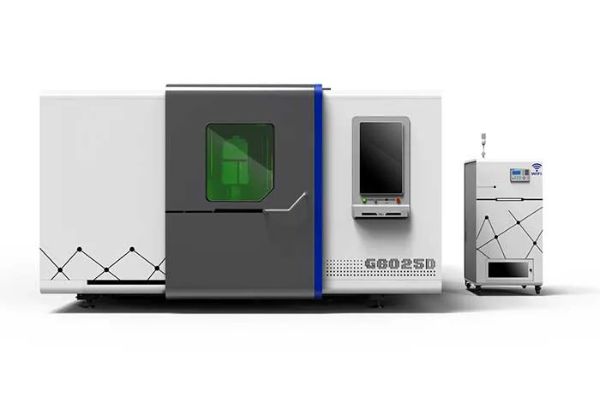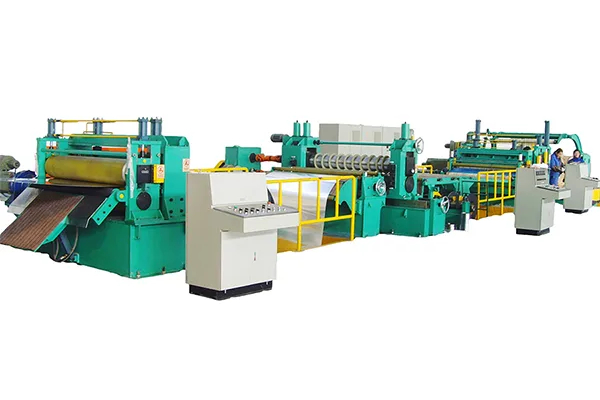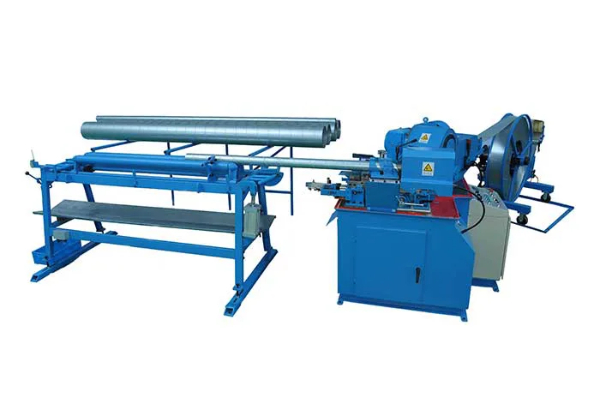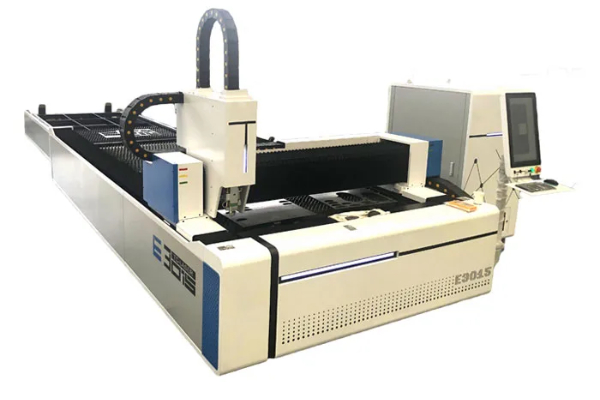
The Evolution of Metal Bending Machines in Modern Manufacturing
- By:Metmac
- 2024-05-21
- 194
The evolution of metal bending machines has revolutionized modern manufacturing, transforming the way sheet metal is shaped and formed. These machines have become indispensable tools for a wide range of industries, from automotive and aerospace to construction and shipbuilding. Let’s explore the key advancements that have driven this evolution:
Numerical Control (NC) and Computer Numerical Control (CNC)
The introduction of numerical control (NC) and computer numerical control (CNC) in the 1950s and 1970s marked a significant milestone. NC machines are programmed with a series of commands that guide the bending process automatically, eliminating the need for manual operation. CNC machines took this concept further by integrating computers, allowing for even greater precision and automation.
Hydraulic and Electric Press Brakes
Traditional metal bending machines relied on mechanical force to bend sheet metal. Hydraulic press brakes replaced this with hydraulic pressure, providing smoother and more precise bending. Electric press brakes followed, offering faster cycle times and lower energy consumption compared to hydraulic machines.
Hybrid Bending Machines
Hybrid bending machines combine the advantages of hydraulic and electric press brakes. They typically use an electric motor to drive a hydraulic pump, resulting in a fast and energy-efficient operation. This combination provides the precision of hydraulics and the speed and efficiency of electric machines.
Laser Bending
Laser bending is a relatively new technology that uses a laser beam to bend sheet metal. This method offers several advantages, including the ability to create complex bends, tight radii, and variable bend angles. Laser bending also minimizes tool wear and eliminates the need for bending tools.
Touchscreen Interfaces and Smart Features
Modern metal bending machines feature user-friendly touchscreen interfaces that simplify operation and programming. Additionally, smart features such as automatic tool selection, auto-tuning setups, and real-time quality monitoring enhance efficiency and reduce downtime.
Benefits of Advanced Metal Bending Machines
The evolution of metal bending machines has brought numerous benefits to modern manufacturing:
Increased Productivity: Automation and advanced features reduce setup times and increase production rates.
Improved Accuracy and Repeatability: CNC and laser bending technologies ensure precise and consistent bending results.
Reduced Labor Costs: Automated machines minimize the need for skilled labor, resulting in cost savings.
Enhanced Safety: Advanced safety features reduce the risk of injuries during operation.
Broad Application Range: Modern metal bending machines cater to various industries and applications, from thin sheets to heavy plates.
Conclusion
The evolution of metal bending machines has played a crucial role in the advancement of modern manufacturing. From the introduction of NC and CNC to the development of hybrid and laser bending technologies, these machines have continuously pushed the boundaries of efficiency, precision, and versatility. Their adoption has empowered manufacturers to produce high-quality and complex metal components with greater speed, accuracy, and cost-effectiveness.
-
High-Precision Solutions from Leading Sheet Metal Cutting Machine Manufacturers
2025/09/11 -
Reliable Sheet Metal Equipment for Sale to Support Precision Fabrication
2025/07/17 -
Advanced Duct Machine AC and Fabrication Solutions from Metmac
2025/07/12 -
The Advantages of Using a Sheet Roll Forming Machine in Manufacturing
2024/09/14
-
Efficient Sheet Metal Working Machines for Modern Manufacturing
2025/09/17 -
Advanced Sheet Metal Machinery for Precise and Efficient Fabrication
2025/09/17 -
High-Quality Sheet Metal Machinery for Efficient Manufacturing
2025/09/17 -
Advanced Steel Sheet Cutting and Forming Solutions for Modern Fabrication
2025/09/11
-
A Guide to the Latest Innovations in Sheet Metal Folding Machines
2024/11/29 -
Key Features to Consider When Investing in a Sheet Metal Folding Machine
2024/11/28 -
Enhancing Precision with Advanced Sheet Metal Folding Machines
2024/11/27 -
How to Choose the Right Sheet Metal Folding Machine for Your Workshop
2024/11/26





